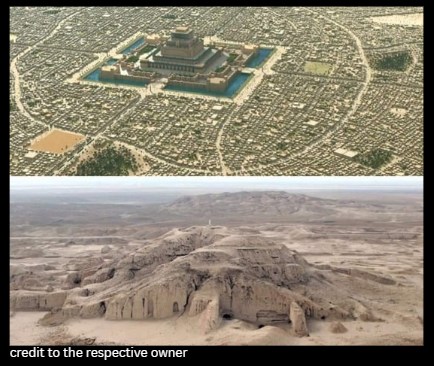Long before Rome rose or the pyramids pierced the skies of Egypt, a city emerged from the Mesopotamian plains that would shape the very idea of civilization. That city was Uruk, located in what is now southern Iraq, and it is widely regarded as the first true city in human history. As early as 4000 BC, Uruk was not just a settlement but a thriving urban center, full of life, innovation, and complexity. At its peak, it may have housed up to 80,000 people—a remarkable population for the ancient world—making it the largest city on Earth at the time.
Uruk introduced many of the defining features of civilization. Its skyline was dominated by grand temples, especially in the Eanna district, dedicated to the goddess Inanna. These buildings were not only religious centers but also hubs of economic and political activity. The city developed one of humanity’s first known writing systems—cuneiform—inscribed on clay tablets to record everything from trade to literature. It also established specialized labor, organized governance, and intricate irrigation systems, all supported by a bureaucratic class that kept the city functioning like a living organism.
But like all great cities, Uruk’s dominance eventually faded. Environmental damage from over-irrigation left the once-fertile fields salted. The Euphrates River, the city’s lifeblood, shifted course. Trade routes changed, and rising powers like Akkad and Babylon gradually eroded Uruk’s influence. Its mudbrick architecture, impressive in its time, slowly crumbled without stone to protect it.
By the 3rd century AD, Uruk was completely abandoned, swallowed by desert sands. For centuries, it lay forgotten until archaeologists uncovered its remains. Though now a ruined mound, Uruk’s legacy lives on—in the very concept of the city itself, born thousands of years ago from the creativity and ambition of the ancient Sumerians.
